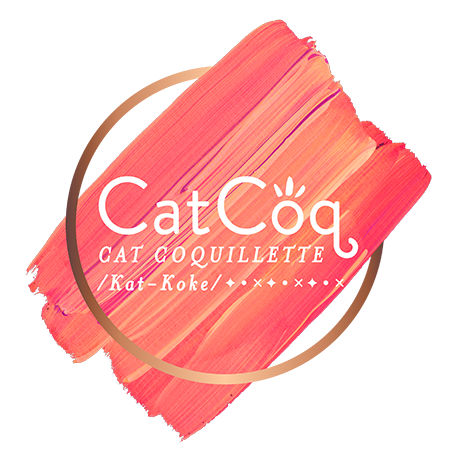I Were Starting My Art Business from Scratch, Here’s What I’d Do
I started my art licensing business in 2014 and I often get asked how I started. Now, with over a decade of experience in the industry, I can confidently say that how I started back then is not how I’d start now.
Back then, I had no direction and was throwing spaghetti at the wall to see what stuck. I didn’t have any guidance from mentors in the industry, so I was totally flying blind. Luckily, I kept trying and eventually figured out the exact steps I needed to take to find success.
Those steps paid off because today, my art licensing revenue brings in over 6-figures a year (just in licensing income alone, not counting any other income streams) and I have sold my art on over a million products worldwide.
Now, I have a much more strategic approach to business, and you can adopt this strategic approach yourself! If I were starting my art business from scratch, these are the things I'd focus on that make a huge impact when you're starting out.
#1 Write & Plan
To start, take some time to really get clear on what it is you're trying to accomplish with your creative business. Do you want to land your first licensing deal by the end of the year? If so, what kinds of products do you want to sell? Who are your dream companies that you'd like to partner with?
Get as specific as possible with this. The more specific you can get, the clearer your path will be. For example, if you decide you want to get your artwork on baby onesies at Target, your first step will be to actually go into a Target and research what kinds of companies they partner with to sell baby products.
Fun fact: Most of the products in big box stores like Target, HomeGoods, World Market, etc. aren’t actually created by those companies. They partner with other companies to create and manufacture products which the big box companies then sell in their stores.
So back to the baby onesie example – you can find what companies Target works with by simply browsing the products they sell and looking at the packing to find the manufacturer’s name. Then instead of pitching to Target directly, you’d pitch your artwork to the company who manufactures that product for Target!
You'll also want to take note of what kinds of designs are on the products you want to get your designs on. Then create a collection of relevant artwork for that product category based on what’s popular.
Last but not least, start pitching to the companies you researched!
Don't be afraid to dream big!
#2 Create Marketable & Trend-Focused Art
If you want to sell your artwork, especially in the art licensing and surface design industries, you need to make sure you're making art the clients actually want to buy. The key to creating this kind of art? Trend forecasting!
When something is trending, that means there's more appeal from shoppers. Motifs with mass appeal are a win-win for you and potential licensees. More sales = more profit!
Want to learn what the hottest new trends are? Check out my free trend report below!
#3 Design in Collections
Designing collections was a foreign concept to me when I first started licensing my art. I had a bunch of one-off designs that were getting licensed, but the real growth came when I started presenting my work in strategic, cohesive collections.
But what is a collection in the first place? A collection is a grouping of related artwork. It can include patterns, standalone illustrations, or both!
Designing in collections is important if you want to get your work licensed because your potential clients and licensees are often looking for more than one illustration for their products. Most of the time, they’re looking for coordinating artwork that can be used together in multiple applications.
For example, I recently collaborated with The Happy Planner on a collection that featured multiple different pieces from my Retro Sunshine collection.
#4 Take Action!
This is the step that needs to happen if you want to start a successful art business this year.
Planning is helpful, but when it comes down to it, the artists who are the most successful are the ones who are taking action towards their goals consistently.
And it's important that you take meaningful action. What do I mean by that? I simply mean working on things that will ACTUALLY get you closer to your goals.
For example, researching and pitching to companies you want to work with is a more “meaningful” action than spending hours creating an Instagram Reel hoping it will go viral.
Social media is a helpful tool, sure, but if your ultimate goal is to land licensing deals, social media isn't actually where I'd start. (I can hear your excited cheers through the screen 😅)
This is why it's important to identify what you want from your business and what kinds of products you want to see your artwork on.
You'll be able to ask yourself “Is [insert business action here] taking me a step closer to my goal?” If the answer is yes, keep going. If not, move onto something else!
Taking meaningful action is a key piece of my program The Art of Collections – a 12-month mentorship program to transform your portfolio and earn a full-time income doing what you love.
It opens for enrollment twice a year, and those on the waitlist get early access to join. You can learn more and join the waitlist here!





